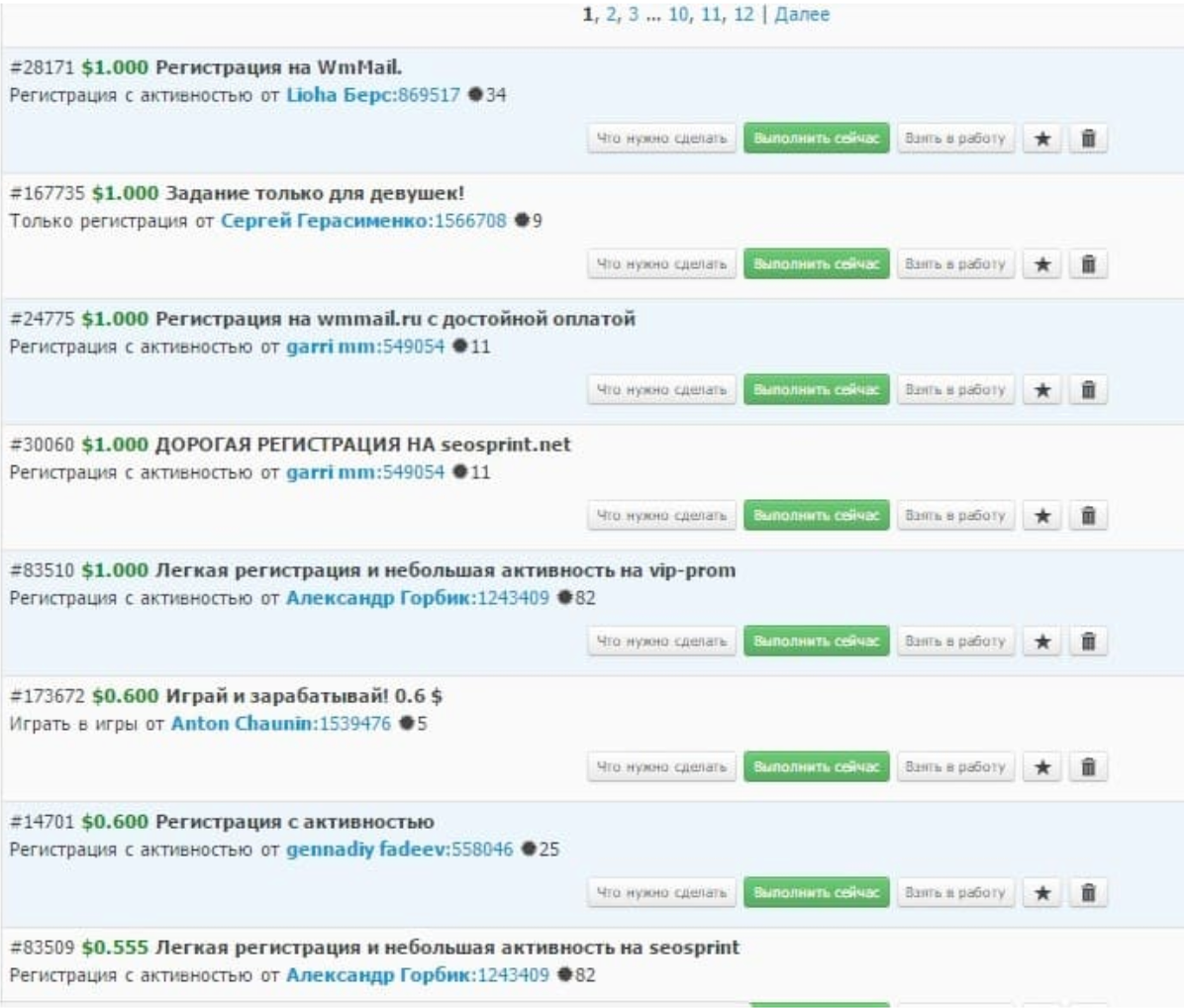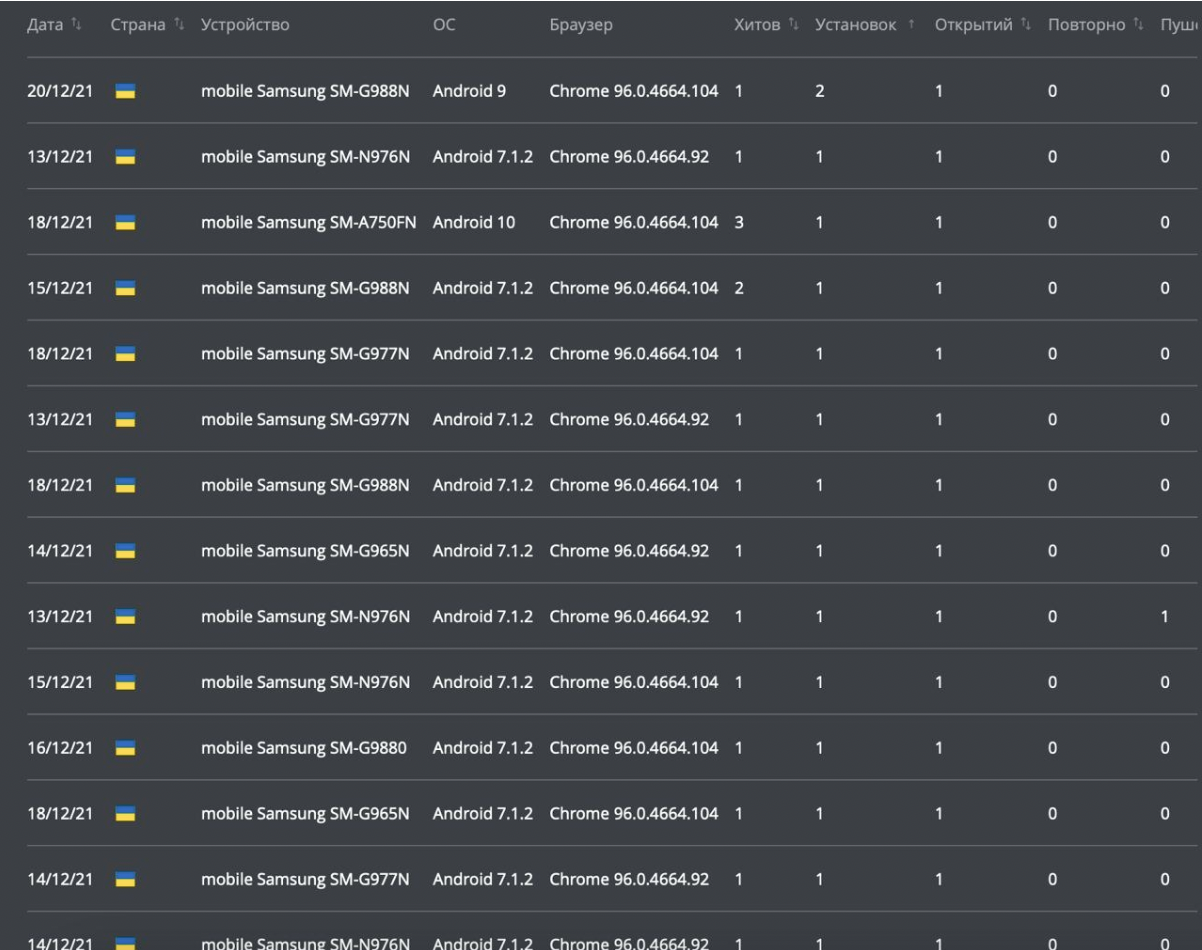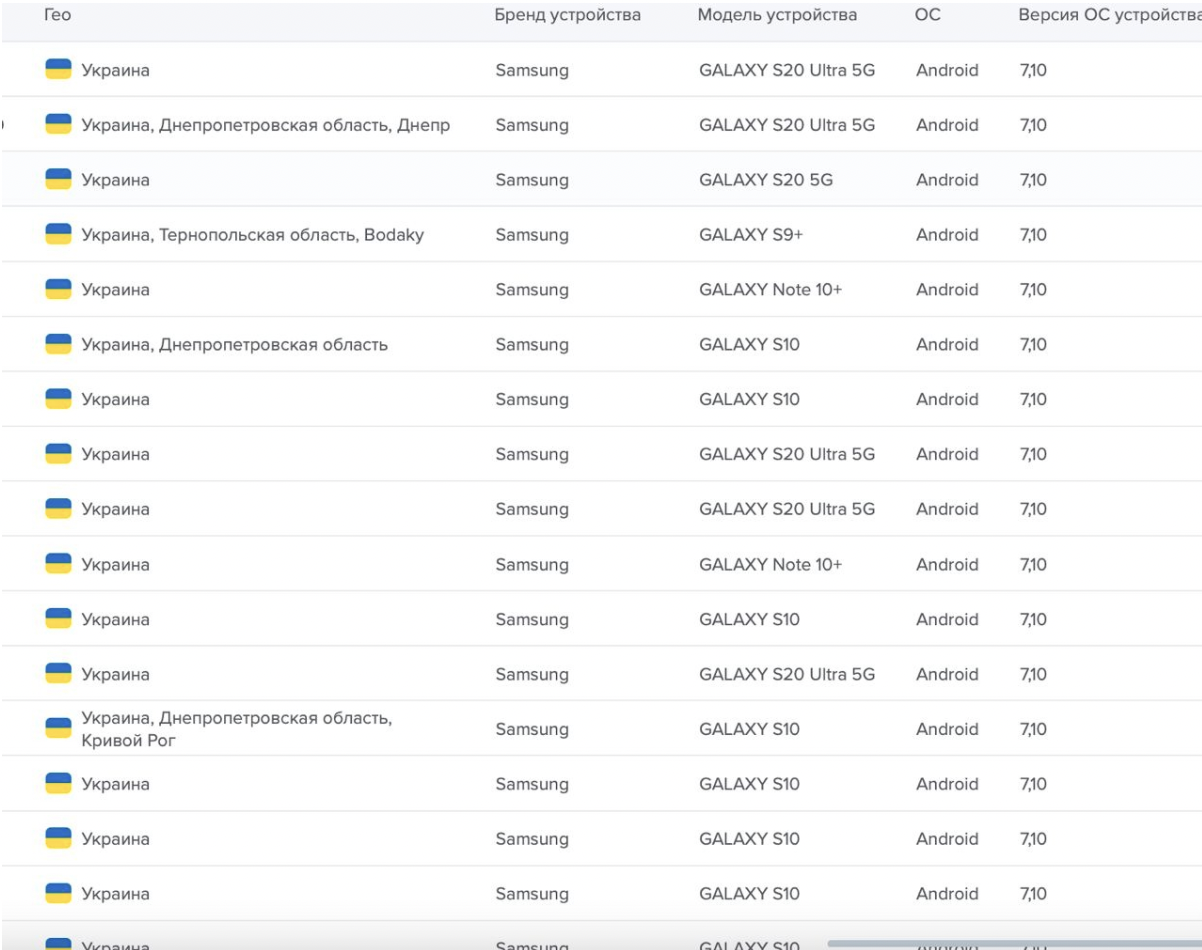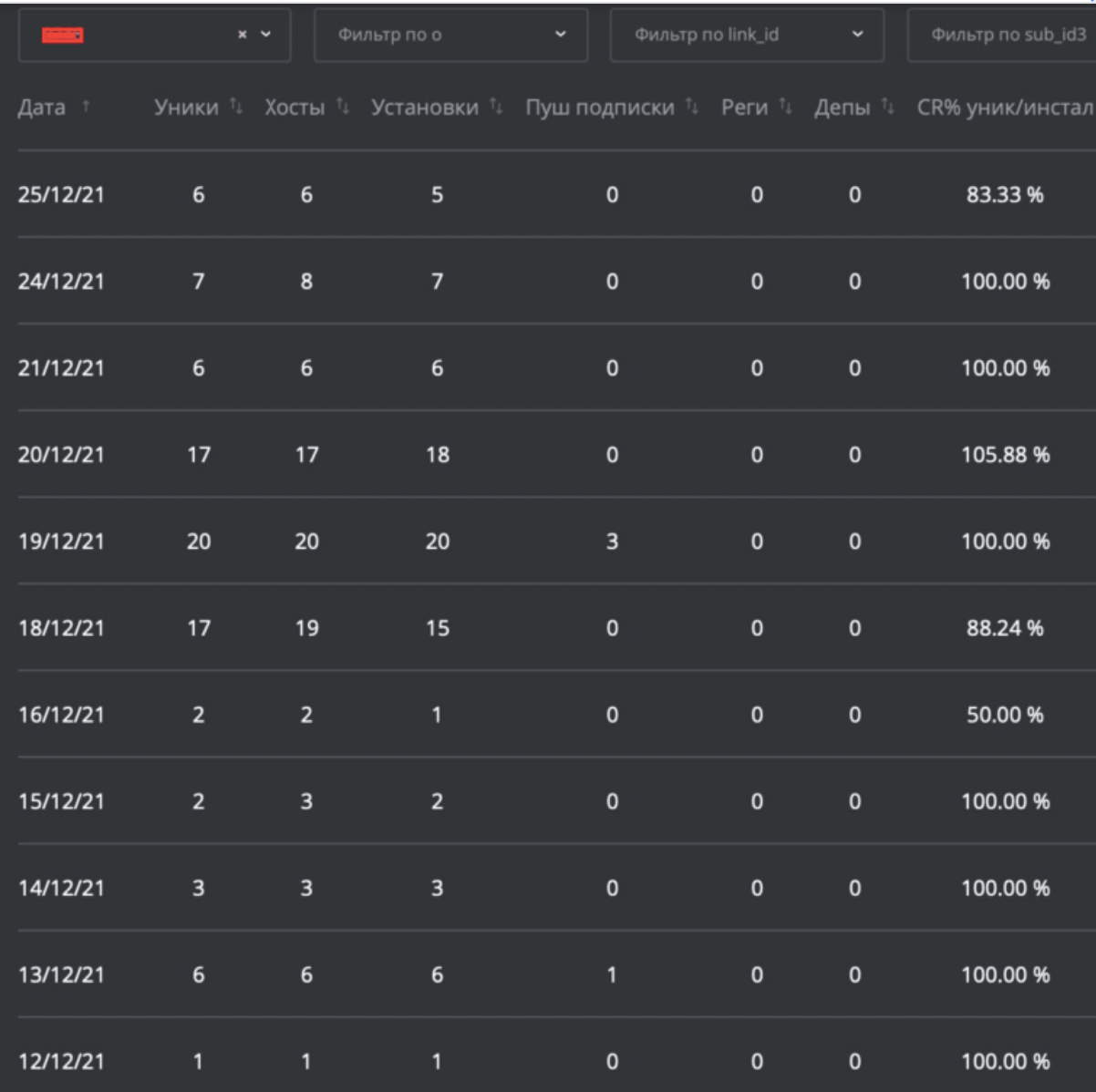There is no perfect protection against fraudsters. It will always be a race to see who is smarter and more cunning. Our task is to make it so difficult, hemorrhoid and risky to deceive and pharm that the vast majority will simply be killed. Or they will go to another affiliate network, where there is less smart leadership.

Common cases
Only based on the results of traffic analysis can we conclude that we have an ordinary frauder. But there are suspicious moments. If you see them, keep special attention on the affiliate:
- How an account is registered in the affiliate network. Frauder needs multiple accounts in a targeted affiliate program, so he will have to use a proxy or VPN. It is easy to detect a server proxy or VPN. And you have to be careful right now. Even more wary if the account is registered from a mobile IP, but from a desktop device.
- Following a direct link to an affiliate network is also suspicious. Especially if it is executed immediately on the registration page.
- View the affiliate’s Telegram account. It’s easy to see if there are shared chats. If there are no general arbitration chats, it’s suspicious.
- Does our affiliate ask questions about the offer or affiliate network conditions? If not, it’s very suspicious. Probably, he has already worked with both the offer and the affiliate program, and is now creating a new account. And this may be a pointer to the frauder.
- Let’s say the traffic was received and there are suspicions of fraud. A few leads before the cap is filled, we request a video from the screen, where there is all the confirmation that the traffic came live. It is important that the URL line with the address of the advertising account, the settings of the advertising campaign and the target link with tags be visible. It is the video that needs to be requested: screenshots can be faked by any kid. If the publisher refuses and says that he has thrown out accounts due to bans, please provide a video with the following uploads. After all, he needs to fill the cap to the end. This is where the froder will merge.
We concretize life hacks: merch and nutra
In a commodity or nutra, it is almost impossible to calculate a frauder in the early stages. The only effective method is buy-out analysis by users. The analysis is always comparative. It is necessary to identify anomalies in the percentage of buy-out between different affiliates, necessarily in the context of one specific offer. Different offers due to different conditions and can be bought out in different ways.
What to look for when analyzing:
- Number of orders in a particular delivery state. How many leads were delivered to the point of issue and how many of them have already been paid. If, conditionally, 20 orders were delivered and not a single payment, when another affiliate has at least one paid order, this is already suspicious. Although the second affiliate with one payment for 20 orders will also look like a frauder that simply mixes shitty traffic with the real one.
- High approval. This is a very strong alarm. If the approval is high and, moreover, there are numbers for the buyout, which turned out to be low… There is nothing to even prove.
- IP address region and phone number region. If they do not match for a large number of leads, we have a frauder.
- Phone operators. If most of the leads come with the phone numbers of one operator, and even the numbers are similar – frauder.
By the way, analytics of IP regions, operators and phone number regions is already built into AlterCPA.
It is important for an affiliate network to have either its own internal buying or several third-party teams that have full confidence in order to receive some kind of gold standard of metrics. And with respect to them, track anomalies on the affiliates, which you need to look closely at.
It should be understood that there are two popular ways to fraud:
- Buy a pack of SIM cards and communicate with the call center yourself. Then the SIM will not be active after calling, and we use this.
- Post a task on the task board so that people play the role of leads for a small reward. It’s harder to catch. But it’s also possible.

The main question: “How to reduce the cost of shipping goods that will not be paid”. Let’s consider two solutions:
- Use a small hold for leads from new affs. After the standard confirmation of the lead, make another call in a few hours, ostensibly for clarification. For example, specify the middle name of a person. At the same time, you don’t need to ask for a middle name, you need to say your own version with an error. Corrected – alive, agreed – frauder. If this lead is fake, made by the affiliate, which bought SIM cards in bulk, they simply won’t pick up the phone. If it came from the task board, there is a high probability that a person will forget what middle name he wrote in the application. He will be stupid, wrinkled, and may generally say something different from what he left in the application. In the context, even a dozen leads, we can conclude. If an anomaly is detected and a frauder is found – ban. If everything is OK, the control can be slightly reduced, but such tests should still be carried out regularly. Yesterday, pure traffic and fraud today it is an absolutely standard situation. In general, the second call is often used to increase the buy-out.
- Use a test cap and rely on it only. This method is worse than the first. Firstly, the buy-out analysis will take time and honest affiliates will be forced to pause due to the traffic test and will not bring profit. Secondly, the test mouthguard can be poured honestly, and then mixed.
We concretize life hacks: gambling and betting
Gambling is fundamentally different from commodity. Like many other verticals where traffic goes to their services: dating, adult, betting, applications. There is no call center, there are no goods to be picked up from the post office. But there are many opportunities to analyze the behavior of traffic. With such verticals, the advertiser himself takes on the task of catching fraud.
How can advertisers themselves prove fraud? The user’s actions, their time and sequence are recorded. Compared to averages. If there are striking anomalies, for example, the user does nothing special after registration, or vice versa, pokes the buttons too quickly, this is already suspicious. It can be both a bot and a froder personally who wants to quickly complete the necessary set of actions to count the conversion.
It is also convenient to use a variety of JS tools that simply load on the user’s page and send statistics. Bots, most often, do not execute JS on their side.
But the affiliate network can often catch a frauder according to the information that it has. Here is an example of screenshots with fraud:



Fraud is obvious:
- The same brand of device and a couple of variants of approximately the same models.
- The same operating system version.
- Same browser version.
- Days when CR from unique to install is 100% and even higher!
Conclusion
There is no universal method for catching frauders. Yes, there are services that can help, there is something right away in AlterCPA. But it is never a panacea. Fraud is an art, catching frauders is an even deeper art and must be mastered. I gave a lot of advice and directions for thought, then it’s up to the application and I believe that you can do it!
